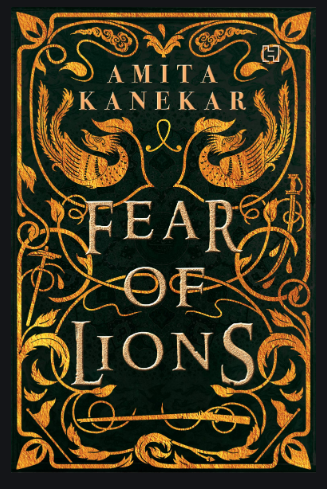Amita Kanekar’s novel is set in the time of the Mughal emperor, Aurangzeb, in the latter half of the 17th century. Kanekar has offered a fine piece of work, writing things historians cannot. The brutal suppression of a revolt couched as resistance by a mysterious cult of women fighters led by a witch and devotionally associating itself with Sant Kabir is central to this story. This is identified by historians as the Satnami revolt in Narnaul, not far from the imperial capital of Delhi, provoked by excessive revenue demands by corrupt Mughal officials. They were also resisting the religious justification of caste-based hierarchies and discrimination.
No historian of Mughal-Rajput relations would disagree when Kanekar writes: “Princesses rarely married. A bride’s family was inferior to her groom’s, said the Rajputs, and the Mughal Padshah — increasingly Rajput by blood, even more by culture — could not be inferior to anyone. For all others, however, offering a bride was the best way to ally with the powerful.” This also means that the daughter of a senior Syed Amir in Mughal service could not fall in love with a Rajput soldier and run away from home in Delhi to meet him in Narnaul. This fraught affair is another strand of the story narrated by the author.
Further, scholars of Persian and Urdu literature in Mughal India will have little to complain about when they read: “Farsi, though still used for written communication, was hardly spoken nowadays, even at Court. It had been replaced by zabaan-e-Urdu, the language of the army camp and the market, and of Khusro’s verses, which married Farsi to Dilli’s old Khari Boli.” The Mughal officials deployed a crude version of this language to interact with the local people, dismissed as ganwars or rustics of the countryside. A more sophisticated Urdu reflected the urbane Mughal cultural milieu of cities and qasbas.
A slightly more careful articulation would also mean that Kanekar’s reference to the suppression of music by Aurangzeb was treated differently, for the best of the historians of classical Hindustani music traditions are not really convinced that the emperor ever banned music. He might have stopped direct patronage to support his claims to puritanical austerity deployed in times of political crises and to go with the fake namazi tag attributed to him by his critics. It was well known that a morally-bankrupt system was led by a Padshah who was called a fakir, although he had killed all his brothers and imprisoned his father to violently capture the throne. Kanekar also presents a lucid account of the dubious credentials of people associated with the court, although a specific rationality was attached to all their acts of omission and commission.

Fear of Lions by Amita Kanekar, Hachette, Rs 399 Amazon










